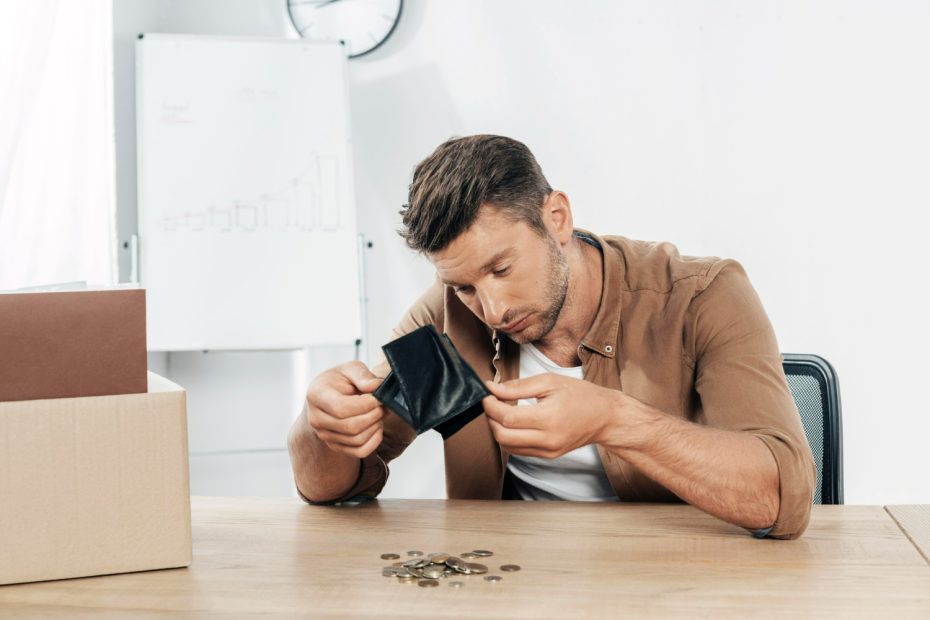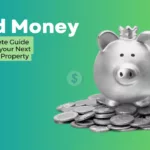How do you flip houses with little or no money? It’s not easy, but it can be done. I have been a real estate investor for over 15 years and have seen this happen several times. In fact, I am flipping a house right now, and I will share all the details. Money certainly makes it easier, but it is possible to flip houses without much money.
There are two ways to flip houses with little or no money. You can partner with someone with money or use a hard money lender. There are other ways to profit from a house flip, but with the other methods, you will not actually be flipping the house.
In this article, I’ll show you how to flip a house with little or no money. I will use real-world examples and show you how this can be done. I will stick to approaches that work and not delve into unrealistic or rarely attainable techniques such as crowdfunding or seller financing.
What is House Flipping
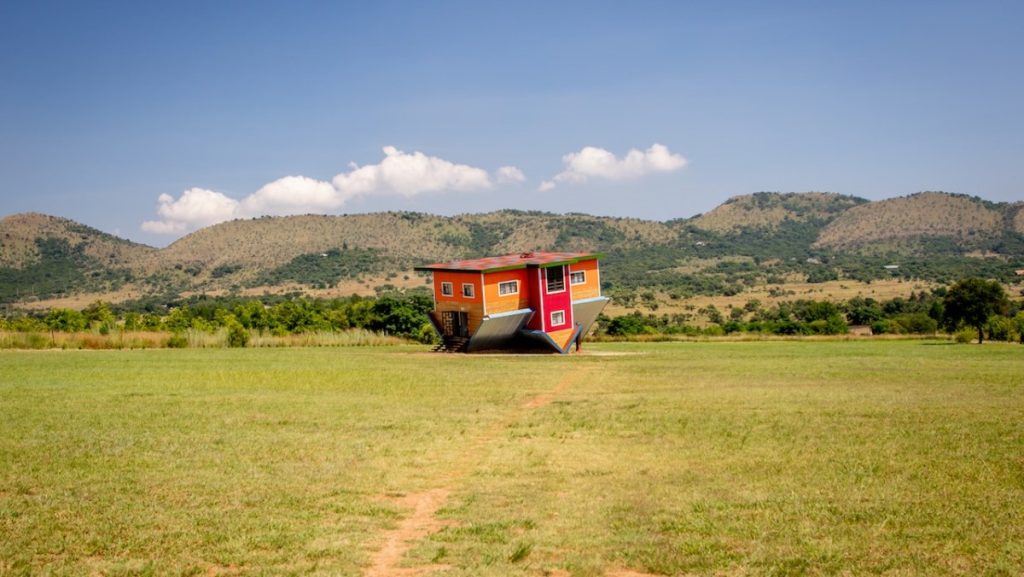
If you are reading this article, you probably already know what house flipping is. However, many real estate investing strategies exist, so I want to define the house flipping strategy.
Flipping refers to purchasing an asset with a short holding period with the intent of selling it for a quick profit rather than holding on for long-term appreciation.
When flipping a house, the investor buys the house, which is different from other techniques, such as wholesaling, where the investor never takes ownership of the property. In most cases, after purchasing the house, a renovation period increases the property’s value. Ultimately, the newly renovated home is sold, hopefully at a profit.
Flipping a House with No Money
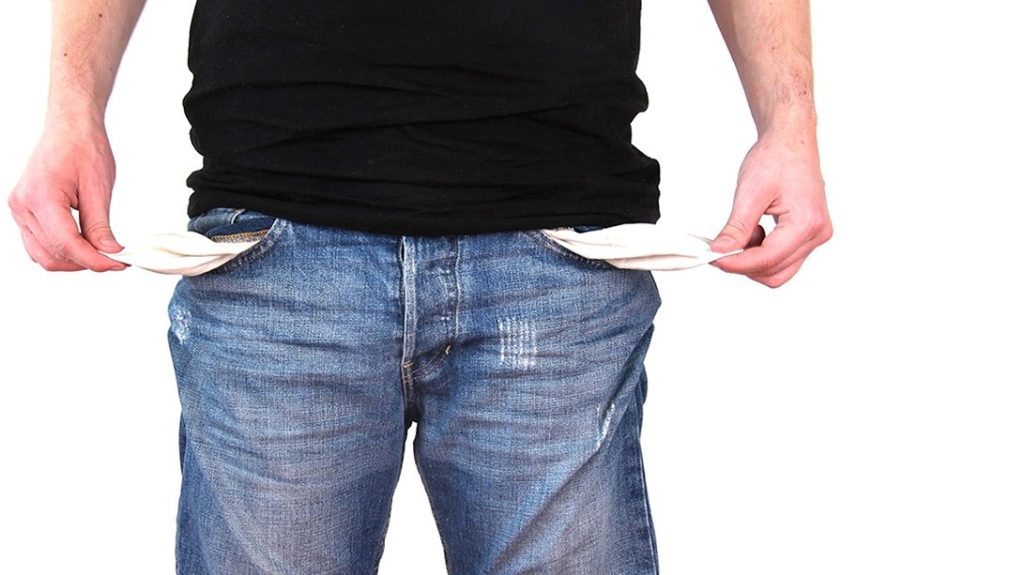
In this section, I assume you are not borrowing money from a traditional lender to flip the house. With a conventional lender, you would need a down payment for a non-owner-occupied property of at least 20% of the amount invested. In addition, when an extensive renovation is required, the property may not qualify for a standard mortgage.
In this section, I will discuss options for flipping a house when you don’t have money. These approaches allow you actually to flip a house, and they are not simply ways to profit when someone else is flipping the house.
Hard Money Lender
A hard money loan is based on the value of the collateral (the house), not the borrower’s creditworthiness or financial situation. These loans are often made by individuals or companies and not by banks. The terms of a hard money loan are negotiated between the borrower and lender and will typically be short-term high-interest loans.
With a hard money loan, you will control the project and the allocation of funds. Sometimes, the loan will require inspections before additional funds are released, but you will manage the flip project. With a hard money loan, you can flip a house with little or no money.
The hard money loan will be based on the equity in the property, and unlike a typical mortgage, the purchase price is rarely considered. While a hard money lender is often looking for a loan-to-value of under 70%, this can be done when you get the right deal on the property. When flipping houses, you strive to invest less than 70% of the house’s after-repair-value (ARV). Read my beginner’s guide to flipping houses to learn more about this 70% goal.
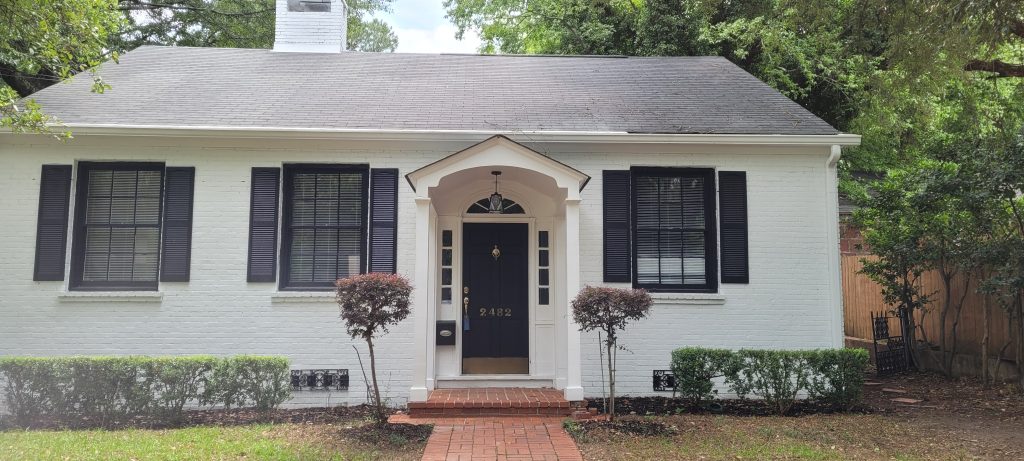
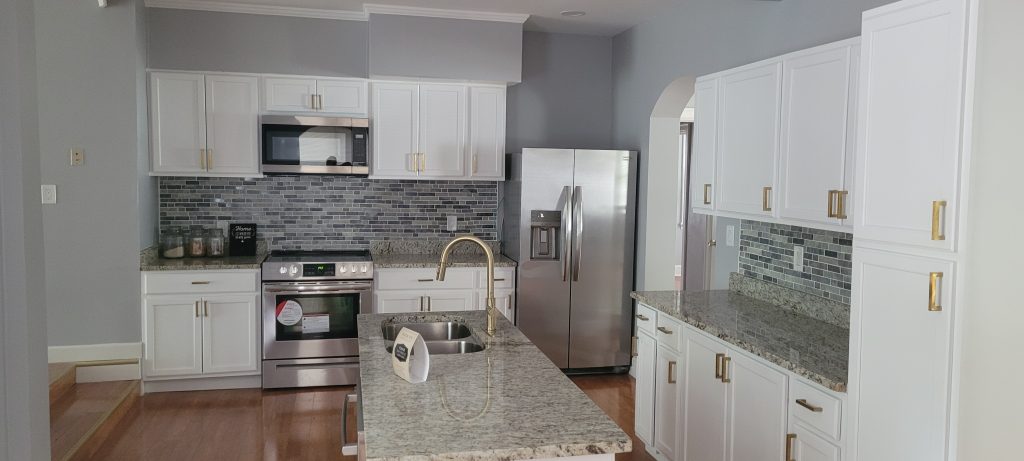
I was a hard money lender on the property pictured above. I valued the property at $260,000 and saw an older appraisal valued at $290,000. The market had appreciated quickly, but interest rates had begun to rise. As a result, I was worried about the higher value.
I loaned $167,000 on the property, below my threshold of 70% of ARV. I added a 5% fee to the loan and charged interest only of 1% per month. The loan had a term of six months, with an option to extend for another six months for a fee. As a hard money lender, I aimed to profit from the loan or foreclosure on the property if the payments were not made.
This loan lasted just under four months. I collected 1% each month, and the loan was paid back with the added 5% fee. As a lender, I am unconcerned with the property’s eventual selling price, but I looked it up on the tax appraiser’s site for this article. This house sold for $215,000. Assuming a 6% agent commission, the borrower made about $26,000 when flipping a house with no money.
Investing Partner
If you can find an exceptional deal, which is what a real estate investor does, you can use an investing partner to flip a house with little or no money. Having a partner will reduce your profit, but your cash-on-cash return will be outstanding with no money invested. This approach will allow you to flip the house and build up a working fund from which you can flip future properties.
An investing partner will fund all or part of the house-flipping venture in exchange for a percentage of the profits. Often, the investing partner will take over half the profits, but this should be expected when they put up most of the money. Sometimes, the partner is not involved in the day-to-day work of flipping the house, but other times the partner will mentor a new investor.
The investing partner takes all the risks but is rewarded with a chance to participate in the profits from a house flip. The house flipper, with no money, has an opportunity to realize a profit from a deal they could not otherwise complete.
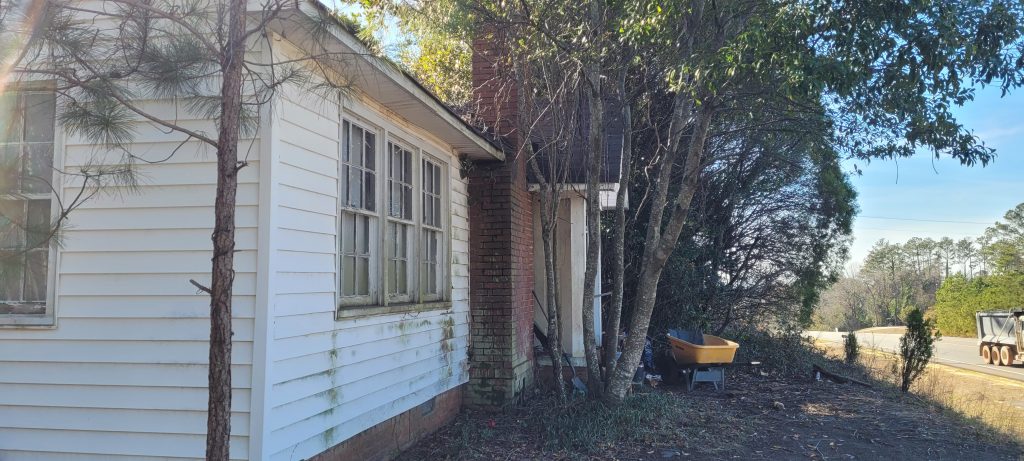
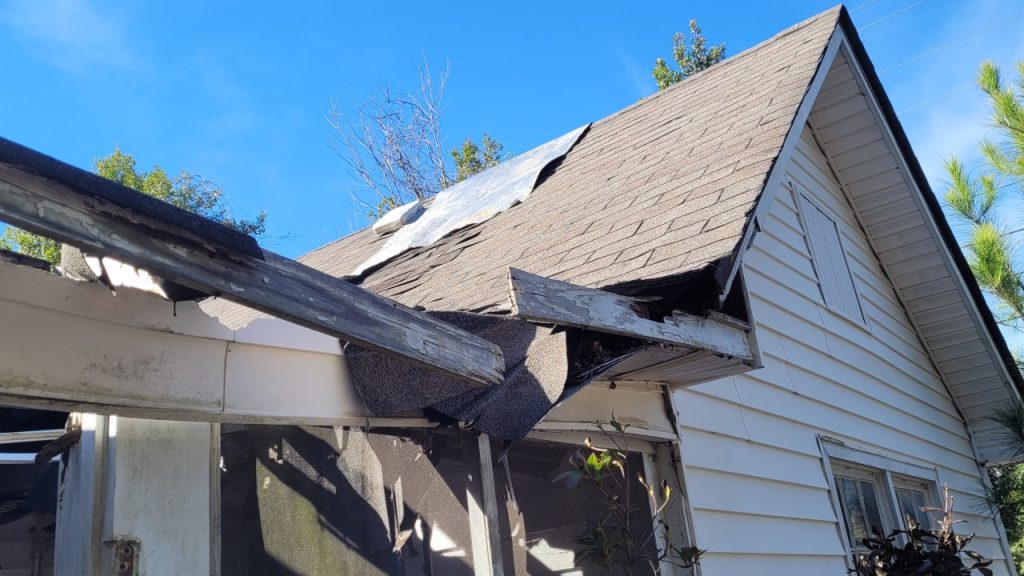
I am currently working on a deal as an investment partner on the house pictured above. At this point, we don’t have a contract, and the closing has not been scheduled. However, we are working with the seller to reach an acceptable deal.
This large house sits on 11 acres in a rural area. According to an experienced real estate agent, this property should be worth about $275,000 after the renovation. However, there are very few comps in this area, and I am concerned the value may be high. As a result, I want to invest much less than my usual 70% of ARV.
This property will need about $75,000 in renovation work to realize its market value. The purchase price will be around $70,000, but we don’t have a firm agreement. This purchase price should provide a sufficient cushion if the value estimate is high.
This property was discovered by the owner of a landscaping firm I use. I agreed to fund the entire deal in exchange for 50% of the profits. My partner will negotiate the deal, and oversee the renovation work, while I guide him through the process. This will be his first house flip, which should be profitable for both of us.
Conclusion
While having access to capital is undoubtedly the best way to flip a house, it is possible to flip a house with little or no money. When you don’t have the money, you must pay interest or share the profits, but you can flip a house. A hard money lender will charge interest but will allow you to manage the flipping process how you see fit. On the other hand, a partner will take a percentage of the profits and is often more hands-on with the house-flipping project. Either way, the first step to flipping a house is finding a superb deal on the right property.
